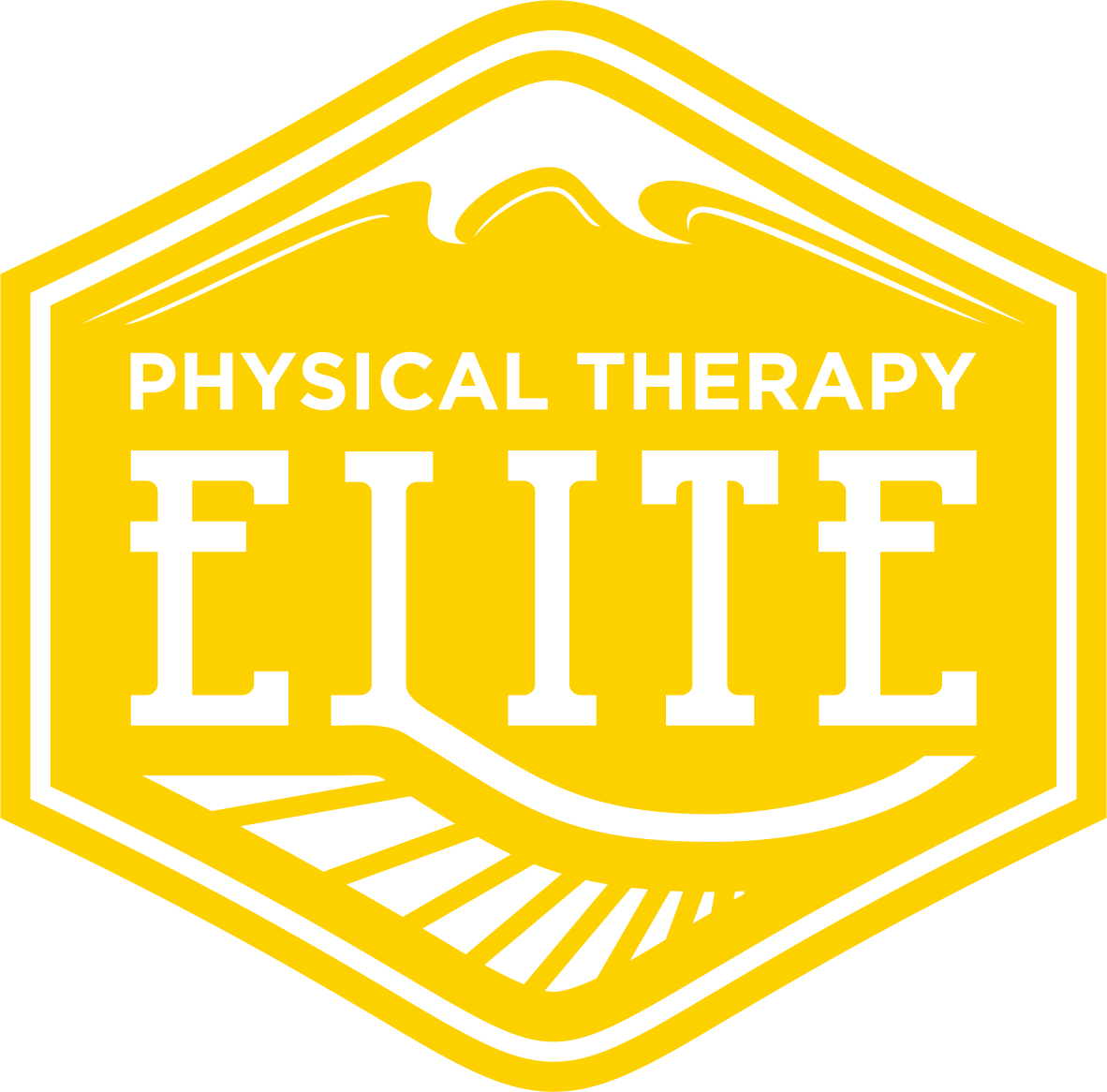10 years of clinical practice has taught me a lot.
As I type, I realize that I could actually write an entire series on this…”What I Have Learned in 10 Years of Clinical Practice”...Noted. Will definitely go back to this!
So, what I am going to focus on in this post is Foundation Training.
In 10 years of clinical practice, I don't think anything has impacted me so greatly. I have learned bits and pieces here and there about Foundation Training, and it totally made sense! So I went the extra step and recently took a certification course on this methodology.
Excellent.
Everything about it.
Foundation Training was developed by Dr. Eric Goodman - a chiropractic physician seeking to address his own chronic back pain. The emphasis is on spinal DECOMPRESSION and what I will call “functional stability”. Foundation training redefines the “core” and how to activate and utilize it.
First of all, the hamstrings, adductors and hip flexors are included in the traditional muscles of the core (i.e. abdominals) without over-complicating “firing” this muscle group vs that other muscle group. This is why I said “functional stability”. Foundation Training allows our bodies to move naturally!
Prior to taking the course, I thought Foundation Training was a blend of Pilates and Yoga. while it can definitely be applied to these practices, it is VERY different.
Here are the basic principles:
Anchoring. Your feet are anchors for your entire body in a sea of gravity. A solid anchor allows us to stand as big, broad and as tall as we can - pushing back against gravity!
Decompression. Imagine a Chinese finger trap...Tension creates length. Narrowing creates stability! We have the ability to lengthen and decompress our spines by actively lifting the rib cage (via breadth) and tightening the belly!
Integration. Foundation Training focuses on muscular chains in the front and back of our body. These “chains” are functional groupings of equal and opposite muscles. Foundation Training can be broken down into everything we do on a daily basis!
So here is why I love it:
By practicing Foundation training, we are aware, we are active, and it translates!
For me, I want to incorporate something that will change my HABITS!
Change how I move, how I breathe, how I stand, bend, lift!
If you have ever worked with me as a patient, you know that I am not a huge fan of the “3 sets of 10 reps of this thing…” approach. I would rather you practice incrementally throughout the day (i.e. be aware) because this is what will ultimately create the change we are looking for! “3 sets of 10 reps” will never hold up against 8 hours of bad habits.
Foundation Training exercises can be done for 5-10 minutes a day or for an entire hour (except that they are much harder than they look!). The whole goal is to re-pattern how we move. This protects us against the daily wear-and-tear of gravity as well as allows us to safely perform high-intensity exercises.
I am going to share two ways to get started.
First, how you breathe.
Structural breathing will help improve your posture, especially while seated.
Place your thumbs at the base of your rib cage and your pinkies at your waist. Imagine the space between your fingers as a measuring stick.
With the head and chest lifted, take several deep breaths. Think about expanding your ribcage as much as you can as you breathe in. This will cause the distance between your thumbs and pinkies to increase. As you breathe out, tighten your abdominal muscles to maintain the length/space in your spine. DECOMPRESSION!
Second, how you hinge.
1.Standing with your feet shoulder-width apart and your toes turned in slightly, reach your hips back and your arms forward.
2. Incorporate the breathing as you play tug-o-war with the hips and hands. Push your hips back and reach the hands forward.
3. As you start to hinge/fold at the hips, your knees should stay over the heels. Knees are straight but soft (not locked out).
4. Keep breathing. Inhale. EPAND the ribcage. ELEVATE the torso. Exhale. ENGAGE the abdominals to maintain the length/space in your spine.

